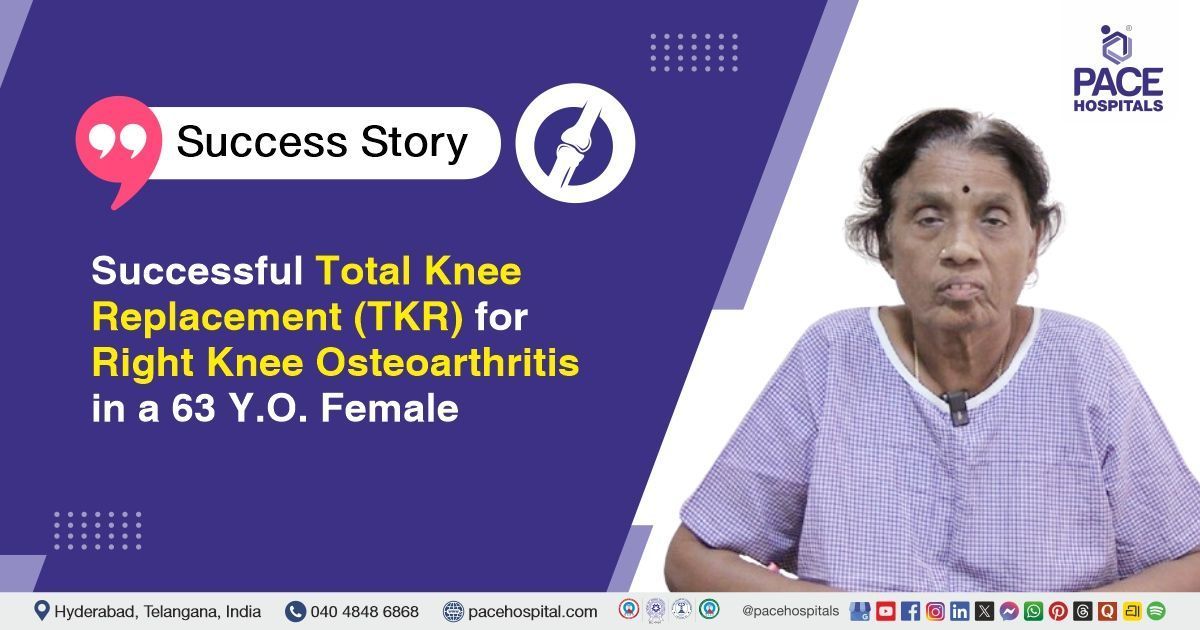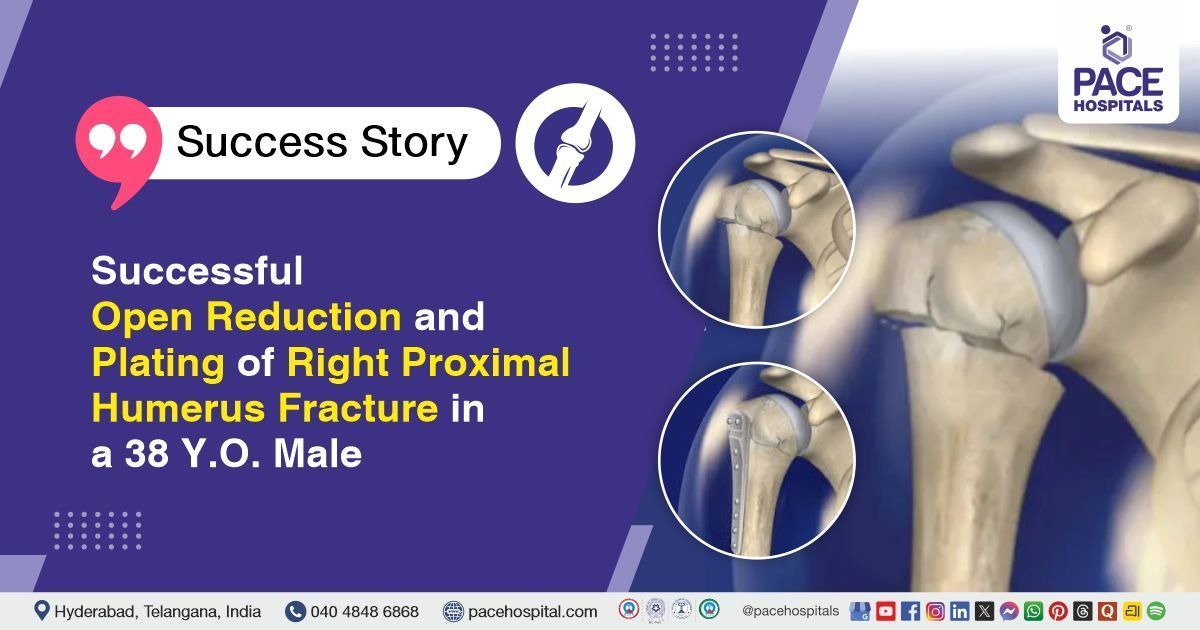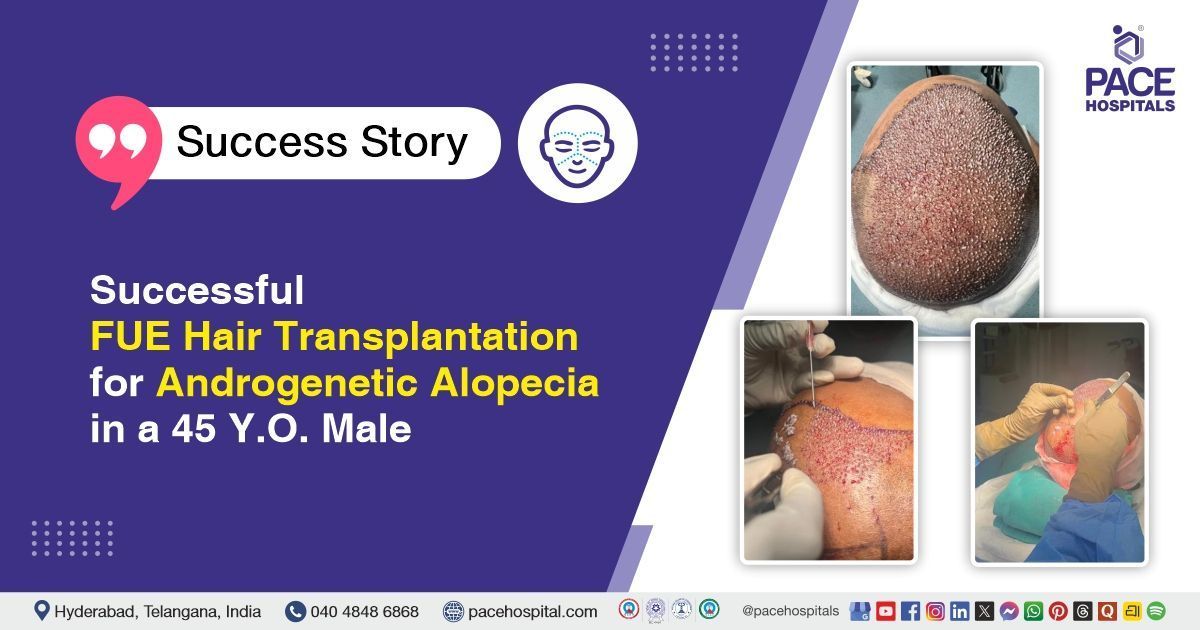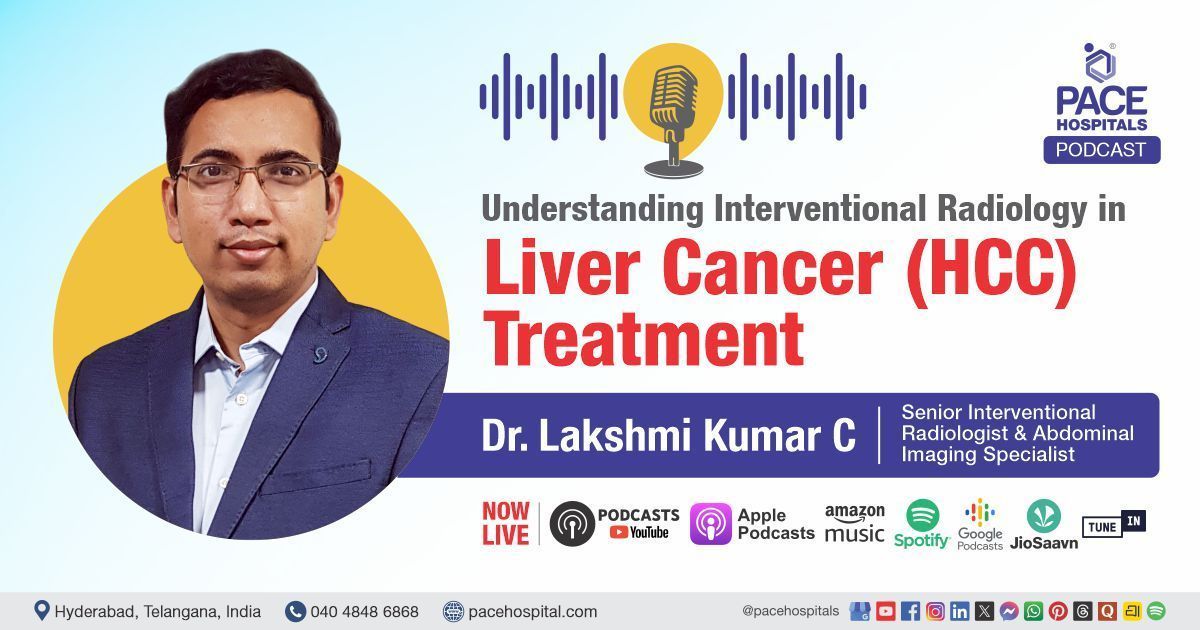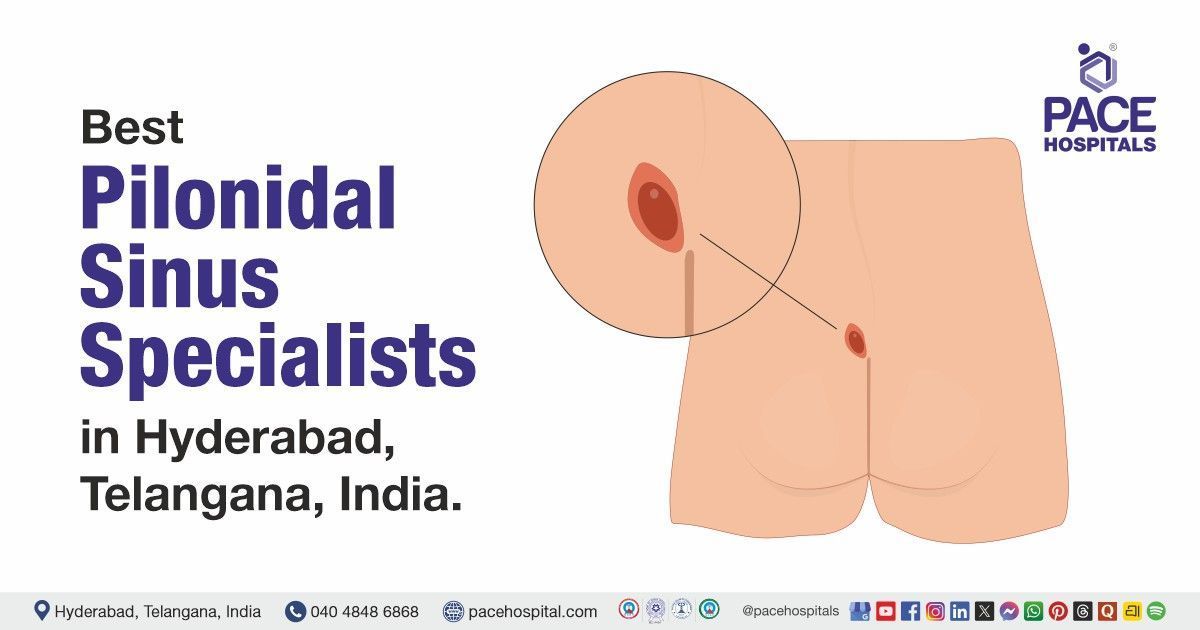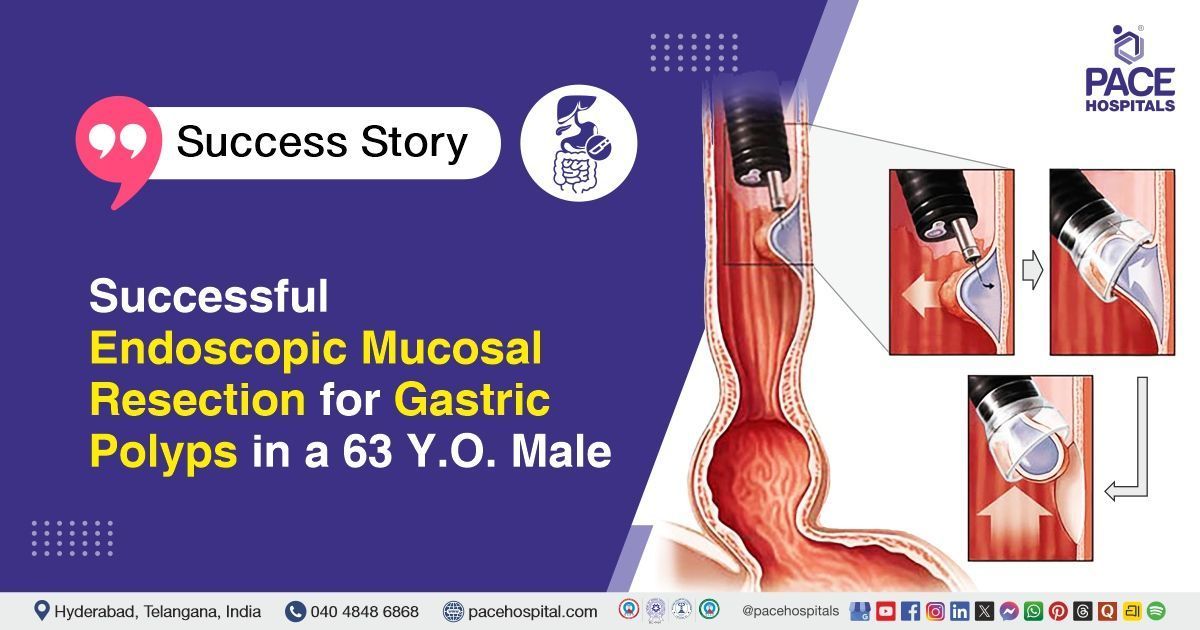Successful Laparoscopic Hysterectomy and Salpingectomy for Abnormal Uterine Bleeding in a 40 Y.O. Female
Nagamani P
PACE Hospitals’ Expert Gynaecology team successfully performed a total laparoscopic hysterectomy with bilateral salpingectomy and adhesiolysis on a 40-year-old female patient. She was diagnosed with abnormal uterine bleeding (AUB) secondary to adenomyosis and endometriosis, along with severe anemia. The procedure was performed to manage her symptoms, eliminate the source of bleeding, and improve her overall health condition.
Chief Complaints
A 40-year-old female patient with a
body mass index (BMI) of 21 presented to the Gynaecology Department at
PACE Hospitals, Hitech City, Hyderabad, with complaints of severe lower abdominal pain, heavy menstrual bleeding with clots, severe back pain, abdominal bloating, and symptoms of
gastritis.
Past Medical History
The patient had no significant past medical history and no known drug or food allergies. She was Para 2, Living 2 (P2L2), with both deliveries having occurred through normal vaginal delivery. She had undergone tubectomy for permanent sterilization.
On Examination
On general examination, the patient was conscious, coherent, and cooperative. Vital signs were stable. Systemic examination revealed equal air entry in both lungs on respiratory system evaluation. Cardiovascular examination showed normal heart sounds. Per abdomen was soft with no abnormalities noted. Breast examination was unremarkable, with no lumps detected. Per speculum and per vaginal examination revealed a bulky cervix, with no fornicial tenderness.
Diagnosis
Upon admission to PACE Hospitals, the patient was evaluated by the Gynaecology team, with a detailed clinical and laboratory assessment revealing persistent anemia with low hemoglobin levels, accompanied by a slightly low RBC count and low hematocrit.
Peripheral smear showed microcytic hypochromic anemia with anisocytosis and pencil cells, consistent with iron deficiency anemia. White blood cell count was elevated with predominant neutrophilia, and platelet counts were normal. Inflammatory markers were raised, indicating active inflammation.
Iron studies confirmed significant iron deficiency with very low serum iron and transferrin saturation, and borderline low ferritin levels. Vitamin B12 and folate levels were normal, whereas vitamin D was deficient. Calcium was slightly low. Blood sugar analysis showed borderline elevated fasting glucose, suggestive of prediabetes, while HbA1c remained normal. Lipid profile indicated dyslipidemia with high total cholesterol and LDL, low HDL, and normal triglycerides.
Renal and
liver function tests were within normal limits, and the coagulation profile was normal. Viral screening was negative. Imaging studies showed a normal thyroid gland on ultrasound, pelvic MRI revealed a bulky uterus with focal adenomyosis, MRI spine showed mild
spondylosis and disc bulges, and cardiac and chest imaging were normal. Based on these findings, the patient was advised to undergo
Abnormal Uterine Bleeding Treatment in Hyderabad, India, with adenomyosis with
endometriosis with severe anemia under the expert care of the Gynaecology Department, ensuring comprehensive evaluation and management tailored to the patient's needs.
Medical Decision Making
After a detailed consultation with Dr. Mugdha Bandawar, Obstetrician and Gynecologist, in collaboration with Dr. S. Pramod Kumar, Dr. Govind Verma, Dr. Snigda Panuganti, Dr. Shweta Bhardwaj, and Dr. Seshi Vardhan Janjirala, a multidisciplinary approach was taken to determine the most appropriate diagnostic and therapeutic strategy for the patient.
Considering her clinical presentation of severe abdominal pain, heavy menstrual bleeding with clots, and severe anemia, alongside imaging findings of a bulky uterus with adenomyosis and endometriosis, the team carefully evaluated the extent of pathology and associated complications.
Further evaluation, including physical examination and laboratory investigations, confirmed the need for surgical intervention. It was determined that Total Laparoscopic Hysterectomy with Bilateral Salpingectomy and Adhesiolysis was identified as the most effective surgical approach to relieve symptoms, control anemia, and prevent further gynecological complications.
The patient and her family members were counselled thoroughly regarding the diagnosis, the planned procedure, associated risks, expected benefits, and the potential for significant improvement in quality of life, after which informed consent was obtained.
Surgical Procedure
Following the decision, the patient was scheduled to undergo Total Laparoscopic Hysterectomy Surgery in Hyderabad at PACE Hospitals along with bilateral salpingectomy and adhesiolysis under the supervision of the expert Gynaecology Department.
The following steps were carried out during the procedure:
- Preoperative Preparation and Blood Transfusion: Before surgery, the patient was given 1 unit of packed red blood cells (PRBC) to improve hemoglobin levels and ensure adequate oxygen-carrying capacity during the procedure. After stabilization, the patient was taken to the operating room. General anesthesia was administered, and the abdomen was cleaned and sterilized.
- Insertion of Laparoscope and Visualization: Small incisions (ports) were made to insert the laparoscope and surgical instruments. The abdomen was inflated with carbon dioxide gas to provide space for better visualization. The laparoscope’s camera transmitted images to a monitor, guiding the surgeon.
- Adhesiolysis (Removal of Adhesions): Any adhesions or scar tissue binding organs together were carefully dissected and removed to prevent injury and restore normal anatomy.
- Hysterectomy and Bilateral Salpingectomy: The uterus and both fallopian tubes were surgically detached by cutting the supporting ligaments and blood vessels. Care was taken to control bleeding and protect surrounding organs such as the bladder and ureters.
- Removal and Closure: The uterus and fallopian tubes were removed through the laparoscopic ports or vaginally if applicable. The surgical area was inspected for hemostasis. The carbon dioxide gas was released, and incisions were closed with sutures or surgical glue. The patient was then shifted to recovery for monitoring.
Postoperative Care
The postoperative period was uneventful. During the hospital stay, the patient was initially managed in the Surgical Intensive Care Unit (SICU) for observation and was later shifted to the ward once she became hemodynamically stable. Postoperative ultrasound screening was normal. Throughout her hospital stay, the patient was administered antibiotics, proton pump inhibitors, antimicrobial agents, antiemetics, analgesics, along with intravenous fluids. She was then discharged in a stable hemodynamic condition.
Discharge Medications
At the time of discharge, the patient was prescribed a short course of oral antibiotics and anti-inflammatory medications to manage postoperative infection risk and inflammation. Proteolytic enzymes were advised to aid in reducing postoperative swelling. A proton pump inhibitor was included to prevent gastric irritation associated with medication use.
The patient was also prescribed nutritional supplements to support bone and joint health, as well as aid in postoperative recovery. A topical antibiotic ointment was recommended for local wound care. Additionally, a low-dose antidepressant was given to help manage anxiety and support emotional well-being during the recovery period. A skeletal muscle relaxant was prescribed to alleviate any muscular discomfort following the procedure.
Advice on Discharge
The patient was advised to avoid heavy lifting and strenuous physical activities during the recovery period. A soft diet was recommended to ensure ease of digestion and promote healing.
Emergency Care
The patient was informed to contact the emergency ward at PACE Hospitals in case of any emergency or development of symptoms like fever, abdominal pain, or vomiting.
Review and Follow-up Notes
The patient was advised to return for a follow-up appointment with the Gynecologist in Hyderabad at PACE Hospitals after 1 month. Additionally, a follow-up with Dr. Pramod, neurologist, was recommended after two weeks.
Conclusion
This case highlights the timely diagnosis and effective multidisciplinary management of the patient, leading to a successful surgical outcome. Postoperative recovery was uneventful, and the patient responded well to medical therapy and supportive care. She was hemodynamically stable at discharge and has been appropriately advised for follow-up care.
Comprehensive Insights for Optimizing Post-Surgical Recovery
Surgical removal of the uterus resolves symptoms linked to chronic pelvic conditions by eliminating the source of pain and bleeding. Persistent anemia from prolonged blood loss requires focused treatment to restore iron levels and improve vitality. Vitamin D deficiency must be addressed to support bone strength and immune function during recovery.
Mild spinal degeneration may exacerbate pain, highlighting the importance of integrated pain and physical therapy. Monitoring lipid and thyroid profiles is crucial to manage metabolic health and prevent future complications. A Gynaecologist / Gynaecology doctor plays a vital role in guiding the multidisciplinary approach needed to optimise healing and ensure long-term well-being.
Share on
Request an appointment
Fill in the appointment form or call us instantly to book a confirmed appointment with our super specialist at 04048486868


